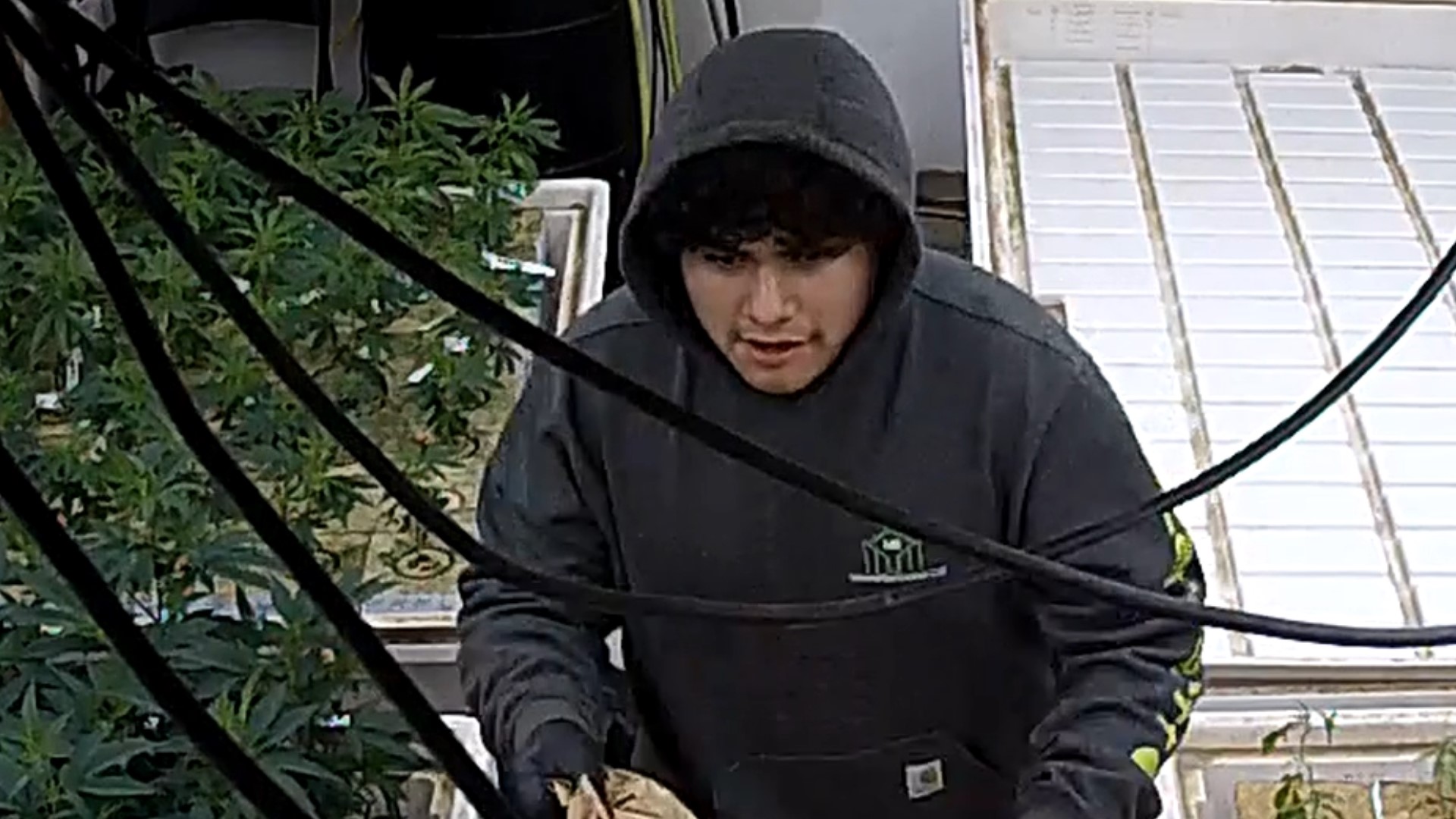Why are young people growing more sympathetic to socialism? According to a survey conducted late last year by the Victims of Communism Memorial Foundation, a third of Americans and as many as 44% of millennials would prefer to live under a socialist system than a capitalist one. This is more than a little puzzling at a time when socialism has proved a catastrophic failure in its remaining strongholds in Venezuela, North Korea, and Cuba.
Some observers blame leftist professors for this development. This makes sense, since the renewed sympathy for socialism seems most pronounced among recent college graduates.
It is demonstrably true that professors are overwhelmingly liberal, and have become more so in the past three decades. But it is far from clear that classroom indoctrination is driving students to the far left. In a 2008 study of 7,000 students at 38 institutions across the U.S., professors Matthew Woessner and April Kelly-Woessner found that students’ political beliefs did not change much during their college years. Even in cases where students’ opinions changed, there was little correlation between the direction of the change and the political leanings of their professors. When contacted about these conclusions, Woessner confirmed that although campuses today may seem more radical, his current research suggests that those earlier conclusions are still true.
But if professors are not swaying student opinions in the classroom, what is making them more sympathetic to socialism and less tolerant of conservative views about free markets and limited government?
Author Leonore Skenazy has suggested that students’ upbringings are a large part of today’s problems on campus. In her book Free Range Kids, she argued that parents who try to protect their children from every possible threat or danger deprive them of the freedom to grow up. Naturally, when they arrive on campus as 18-year olds, they look to professors and administrators to take over the parental role of protecting them from life’s challenges. Thus, so-called “helicopter parenting” yields “snowflake” students unable to tolerate uncomfortable opinions.
While this may be true, there are nevertheless organizations and constituencies on the contemporary campus that are in position to gain from protest and unrest. In response to perceived slights, however artificial or exaggerated they may be, activists demand and often receive compensation: greater funding for their programs, promises to hire more members of victimized groups, the creation of new programs and courses to promote diversity and multiculturalism on campus, and other concessions of tangible kinds. In these efforts there seems to be an unholy alliance of students, diversity administrators and faculty members representing multicultural programs.
These alliances are rarely formed in the classroom or in the traditional research disciplines. The growing radicalism on campus seems to originate instead in the broad category of student life that takes place outside the classroom. A 2014 study, for instance, found that students who spent a greater number of hours on extracurricular activities on campus (as opposed to classroom studies) were more likely to see their politics move toward one extreme or the other, in most cases toward the far left.
Kyle Dodson, assistant professor of sociology at the University of California at Merced, looked at data from the UCLA’s Freshman Survey and the College Senior Survey. He found that time spent in academic pursuits has a moderating influence on students’ political views. Students who are occupied with classroom studies are less likely to engage in disruptive or illiberal activities on campus.
This is an encouraging conclusion as it suggests that students who are more serious about their academic work are more likely to think for themselves and less likely to be drawn into disruptive political activities.
But there is a catch: College students are spending less and less time in classrooms and academic study. According to data from the Bureau of Labor Statistics analyzed by the Heritage Foundation in 2014, college students spend less than three hours per day on classroom-related activities. It is thus not surprising to find that professors have little influence on student political beliefs compared with the enormous sway of peers, “student life” administrators and activists who are in charge of campus extracurricular activities.
This should be a wake-up call for faculty and administrators who still believe that a college education should involve classroom learning and the exposure of students to important ideas. As faculty have stepped back from their roles as the primary intellectual guides for students — teaching fewer hours, spending more time on research and publishing for their colleagues in the field, requiring students to take fewer general education requirements — other adults and peers have stepped in to fill the void, much to the detriment both of academic learning and liberal ideals on campus. If moderate and liberal professors want to take back the campus from illiberal activists who reject open debate and a marketplace of ideas, then a good place to start would be to re-emphasize academics as the raison d’etre of university life. “Student life” should first and foremost be the life of the mind.



